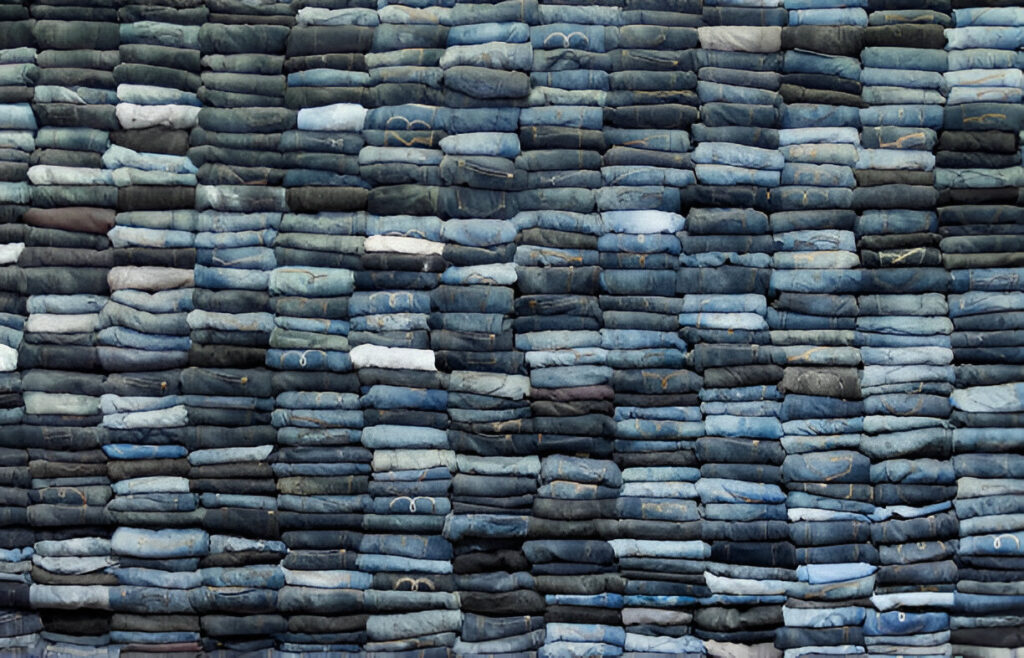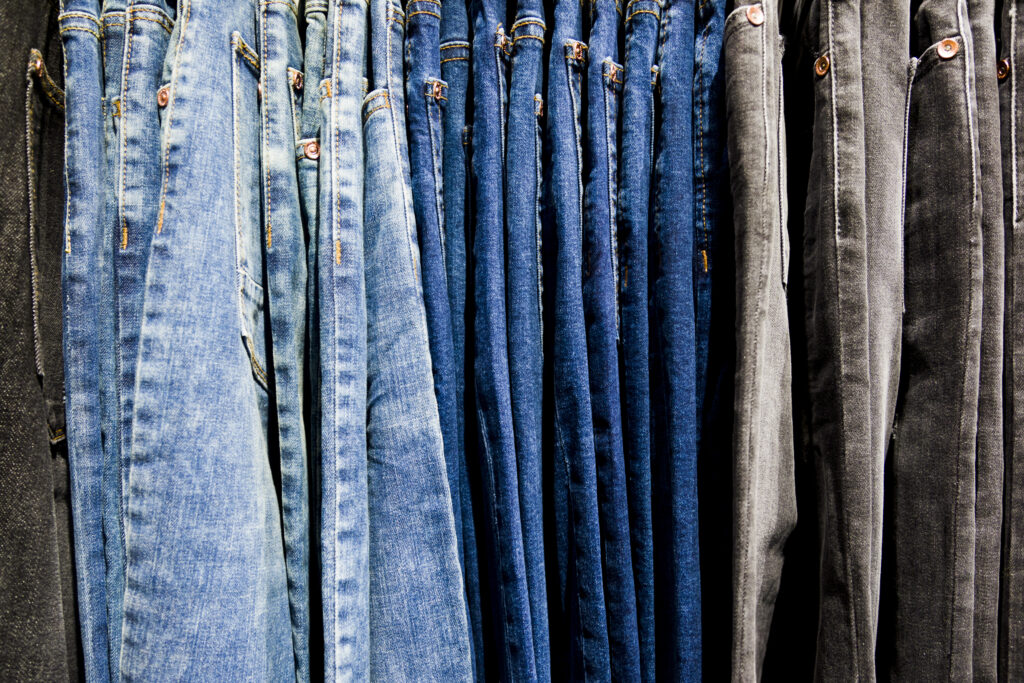Decoding Raw & Selvedge Denim

While denim jeans have been a staple of men’s clothing since the 19th century, the jeans you wear now are probably very different from the denim jeans worn by your grandfather or even your father.
Before the 1950s, most denim jeans were made from raw, selvage denim that was worth the cost produced in the United States. However, in the decades that followed, as denim evolved from workwear to everyday fashion, the style of jeans changed dramatically. The implementation of cost-cutting technologies and the outsourcing of denim manufacturing to developing countries have made your average pair much better Changes in consumer expectations have also changed the denim landscape guys wanted to adopt pre-washed, pre-faded, pre-broken-in, and even pre-“ripped” jeans that “look” like they’ve been worn for years.
About a decade ago, however, the pendulum began to swing repeatedly. Men began pushing back against poor quality, cookie-cutter, exclusive jeans before they disappeared. They wanted quality denim jeans, and naturally, they wanted to break into them. They wanted to pull out the American-made dungarees their grandparents wore.
Understanding raw and selvedge denim jeans first helps you know what those terms mean as well.
What Exactly Is Raw Denim? The Unfinished Icon Explained!

Most denim jeans you buy today are pre-washed to soften the fabric, reduce cuts, and prevent blue dye fading. Raw denim (sometimes called “dry denim”) jeans are jeans made from denim that simply haven’t survived this first wash process.
Since the fabric hasn’t already been washed, raw denim jeans are very stiff the first time you wear them. With regular wear, it takes weeks for the knot to break and loosen. The blue color of the fabric can also fade. We’ll talk more about this when we get into the pros and cons of raw denim below.
There are two types of raw denim (all denim really): Sanforized or unsanforized. Sanforized denim is chemically treated to prevent your jeans from shrinking after washing. Most mass-produced jeans are sanforized, and there are plenty of raw selvage denim jeans. Raw denim has not been treated with these cleaning chemicals, so when you finish washing or soaking your jeans, they shrink by 5%-10%.

what is selvedge denim?
To understand what “selvedge” means, you need to understand some of the histories of clothing design.
Before the 1950s, most garments — including denim — were made on shuttle looms. Conveyor belts provide heavy, tightly woven fabric (usually a foot wide). The edges of these knit fabrics come finished with tightly woven seams running down each side preventing them from tearing, twisting, or creasing because edge finishes come from the fabric, denim produced on shuttle looms is called “self-edging”, hence the name “selvage” denim brand.
During the 1950s, the demand for denim jeans soared. To cut costs, denim companies began using mill-produced denim. The projectile loom can produce many types of fabrics and many fabrics in total at a much lower cost than shuttle looms. However, the projectile shock doesn’t finish the edge of the emerging denim, causing damage and tearing of the denim. José pointed out that contrary to what you might hear from denim chapters, denim produced on a throwaway fabric does not necessarily equate to poor quality fabric You can find many quality denim brands at a cloth throwing machine.
Most jeans on the market today are made from non-selvage denim. Ideally, inexpensive high-rise jeans; Recently, consumers have inadvertently missed the tradition of classic selvedge denim and the quality details.
Why is selvedge denim considered better?
Two factors have contributed to the reputation of selvedge denim as superior to non-selvedge: quality (yarn quality, dyeing techniques, maintenance and manufacture) and the benefits of a unique style
In terms of quality, the denim brand that Selfage has chosen to manufacture understands and values the history of denim. Selvedge denim isn’t made because it’s soft or sold in bulk; They do it because they love denim.
Because of their passion, they are even more determined to create a high-quality, asset-based product. yarn quality, dyeing methods, care and manufacture; Each one is a craftsman effort. And because these mills look so good, they have a reputation for producing higher or better products.
Why is selvedge denim more expensive?
Selvedge denim uses smaller and, in many cases, old looms that run slow. Non-selvedge denim uses bigger and modern looms, that run fast. It takes much longer to weave self-edge denim, making it more expensive.
How do I know if my jeans are selvedge?
Turn the cuffs up to see the limits of the jeans. Look for lines running up the back of the leg. If the edges look finished (the stitches on the actual edges are a different colour than the fabric), it’s selvedge.

Selvedge vs. Raw: Don’t Mix Up These Denim Rebels!
A common misconception is that all selvedge denim jeans are raw denim jeans and vice versa. Remember that selvedge refers to the edge of the denim, and raw refers to the fabric not being washed first.
While most selvedge jeans on the market are also made from raw denim, you can also find jeans made from selvedge fabric but pre-washed You can also find raw denim jeans that were made on a projectile loom, so not so in the presence of selfed edge.
Be sure to keep this distinction in mind when you start shopping for selvedge or raw jeans.
Conclusion
Both raw and selvedge denim offer unique qualities of preference – raw denim offers a rugged, individual fade and feel over time, while selvedge denim exhibits careful craftsmanship and durability with an honest sense of contrast between these two styles of denim, help you choose a pair of jeans with your desire for longevity and a style that makes a statement every time you wear it.
Is raw denim better quality?
Raw denim jeans are made of the same material as washed denim jeans. Since they are washed during production, though, they feel stiffer and more rigid — which is a good thing because it makes them more durable.
Why is selvedge denim so expensive?
The simple answer is that selvage denim requires craftsmanship. The production process itself is signified by its slower production speed and lower output.



